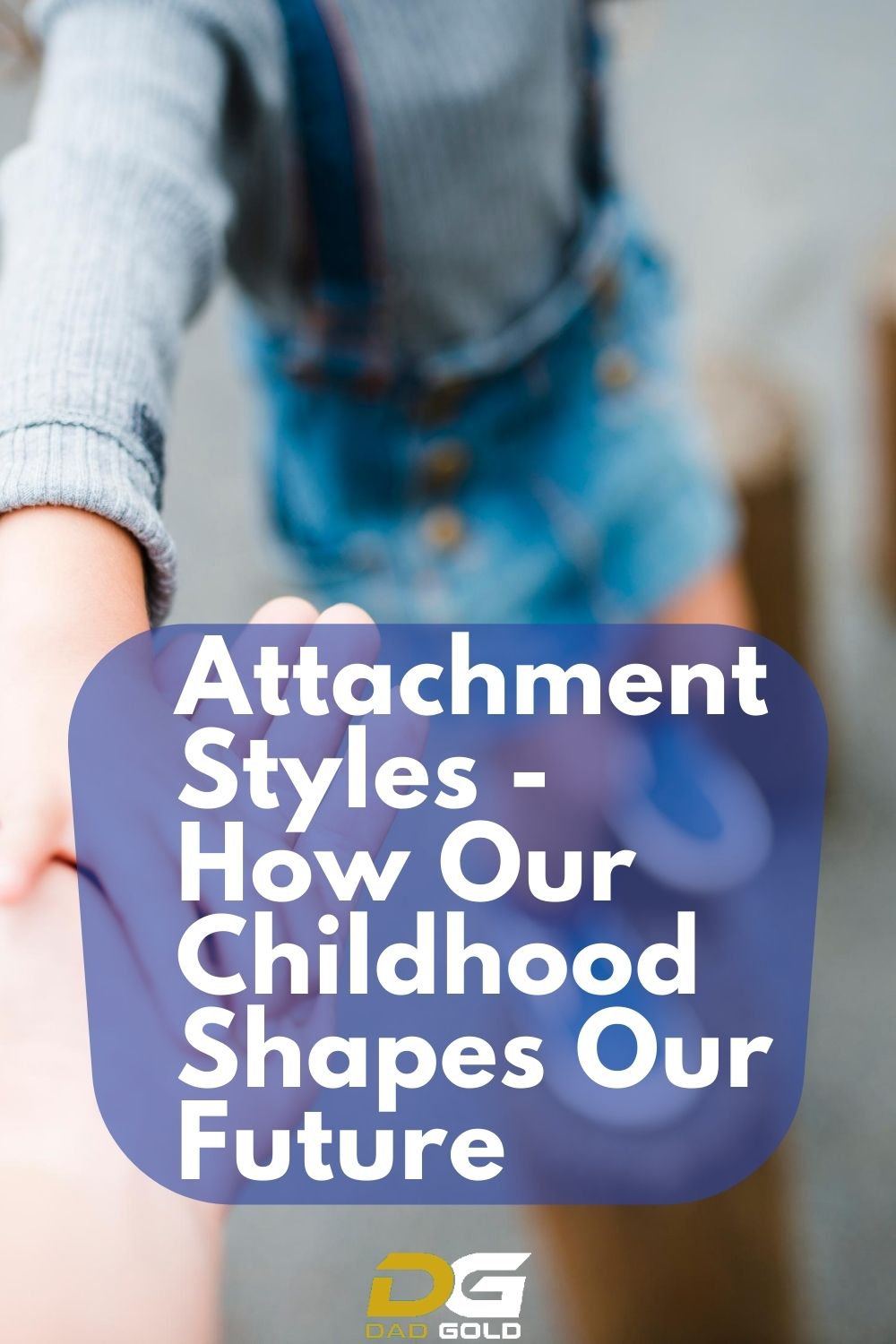Human attachments are important bonds in every culture. The closeness or health level of an attachment formed with a primary caregiver in childhood can certainly shape the future as an adult. In fact, research indicates that early childhood attachments greatly affect later intimate relationships as adults.
British psychoanalyst John Bowlby was the first to define Attachment Theory. He defined it as a:
“lasting psychological connectedness between human beings.“
While he did extensive research on attachment styles, his colleague Mary Ainsworth took the research to a new level. In particular, she addressed how attentive, accessible, and responsive primary caregivers are of children.
Both Bowlby and Ainsworth agreed that attachment styles formed early in life greatly impact the rest of life.

The Strange Situation Classification Study
Ainsworth studied the various attachments between toddlers aged 12 to 18 months with an assessment technique called the “Strange Situation Classification (SSC).
She observed the behavior between the child and mother after the mom left the room and a stranger entered the room. She observed how the toddler reacted to the mom leaving, the stranger intruding, and then the re-entry of the mother into the room.
Ultimately, this study gave way to identifying three attachment styles.
-

Bold Male Pride – Baseball Trucker Cap Celebrating Masculinity
£18.00 Select options This product has multiple variants. The options may be chosen on the product page -

Dad Bod Appreciation Gift Mug
£14.00 Add to cart -

Dad Bod, Bad Jokes Structured Baseball Cap
£22.00 Select options This product has multiple variants. The options may be chosen on the product page
- Secure (60% of people)
- Anxious Resistant Attachment (20% of people)
- Avoidant Attachment (20% of people)
Secure Attachment
Of the 100 children studied in Ainsworth’s group, the majority fell into the Secure Attachment style, at 60%. These children felt more comfortable and safer when mom left the room and happy when they returned.
Children with a Secure Attachment tend to feel like their needs will be met. They trust that their primary caregiver is sensitive to their needs, is available, and meets them appropriately.
Children that form secure attachments tend to do rather well in relationships when they’re older. As a child, they didn’t go around thinking that mom or dad was not reliable or going to abandon them. Therefore, they grew up feeling more secure.
Those who have Secure Attachment Styles tend to grow up understanding and voicing their wants and needs well. Because they are more secure, they tend to handle conflict in relationships better. They don’t automatically go into fight or flight mode when an argument surfaces like someone with an Anxious Attachment would. They tend to be able to relate at a deeper, more intimate level.
Anxious Attachment
Some children grow up in homes where the environment isn’t that stable. Perhaps the primary caregivers struggle with problems and can’t meet the infant or toddler’s emotional needs. There may be addiction or neglect going on. Or, the child could be the victim of verbal, emotional, or physical abuse.
Essentially, children grow up in homes where the bond isn’t that secure. They experience chronic fear, pain, neglect, or abuse tend to form an Anxious Attachment with their caregivers.
In the Stranger Experiment, these children became distressed when the parent would leave the room and the stranger would enter. They were anxious and insecure – in fight or flight mode. When the parent returned, they typically were happy to see the parent but were apt to approach them and then resist them.
Children with Anxious Attachments tend to act ambivalent toward the adult. They may feel and act clingy, wanting the parent to engage with them authentically. Then, when the parent does, the child may push them away, rejecting them. As a result, the child doesn’t develop that secure inner life with a strong parental figure.
The inability or inconsistency from the parental figure to meet the child’s needs shapes their future. As adults, they may have low self-esteem, be clingy or needy in relationships, form codependent relationships, and fear going out and trying new things.
Avoidant Attachment
Toddlers that fall into the Avoidant Attachment style are the ones that didn’t show distress when their mother left the room and didn’t typically feel anxious when the stranger entered. They were also more apt to explore the room while their mother was out of sight. When mother returned, they were less likely to engage with them, even avoiding them.
Ainsworth believed that those with the Avoidant Attachment style didn’t regularly get their emotional (and perhaps physical) needs met during childhood. As a result, they learned to become independent and non-attached to their caregiver.
As an adult, those with Avoidant Attachment Styles tend to be overly independent, not voicing their wants and needs in relationships. They do desire a close bond with others but have trouble forming deep, intimate connections. Their partner may tell them that they are emotionally unavailable, avoiding intimate connection. They have commitment issues and keep people at arm’s length. They have a tough time being vulnerable.
Attachment Styles And Relationships
In the mid-1980s, two researchers by the names of Hazan and Shaver began exploring Bowlby’s research findings to see how they played out in romantic relationships as an adult. They theorized that children’s attachment style with their primary caregivers carried over into the dynamics of their adult intimate relationships.
For example, a Securely Attached child may grow up and experience an intimate relationship where they feel secure that their partner will be there for them. They’re confident that they are available and can depend on them if need be.
An Anxiously Attached child may grow up and experience an intimate relationship where they feel a lot of insecurity. They don’t feel like their partner is there for them. They don’t feel like they can depend on them, and they get anxious when their partner leaves them for a while. They can be clingy and emotionally needy.
An Avoidant Attached child can grow up and experience an intimate relationship where they avoid emotional intimacy. They may be overly independent, not having any wants or needs. They may physically avoid their partner, too, preferring not to get too close in any way, shape, or form.
Conclusion
Through all the research over the years, the consensus is that the attachments formed with primary caregivers affect and shape the future. To date, there has been much more research into Attachment Theory, with some researchers adding subcategories.
One example is the Avoidant Style broken into two types:
- Dismissive-Avoidant
- Anxious-Avoidant
A professional mental health therapist will help you better determine your Attachment Style and how it has shaped your adult life.
What can you do if you find that you fall into the Anxious or Avoidant Attachment Style?
Rest assured that you can learn to move more toward Secure Attachments with adults through counseling and a self-directed inner healing journey. When you gain insight into the childhood dynamics of your attachments, you’re better able to navigate your adult relationships better. It’s a process, but it is certainly doable with time and effort.
Good luck!


